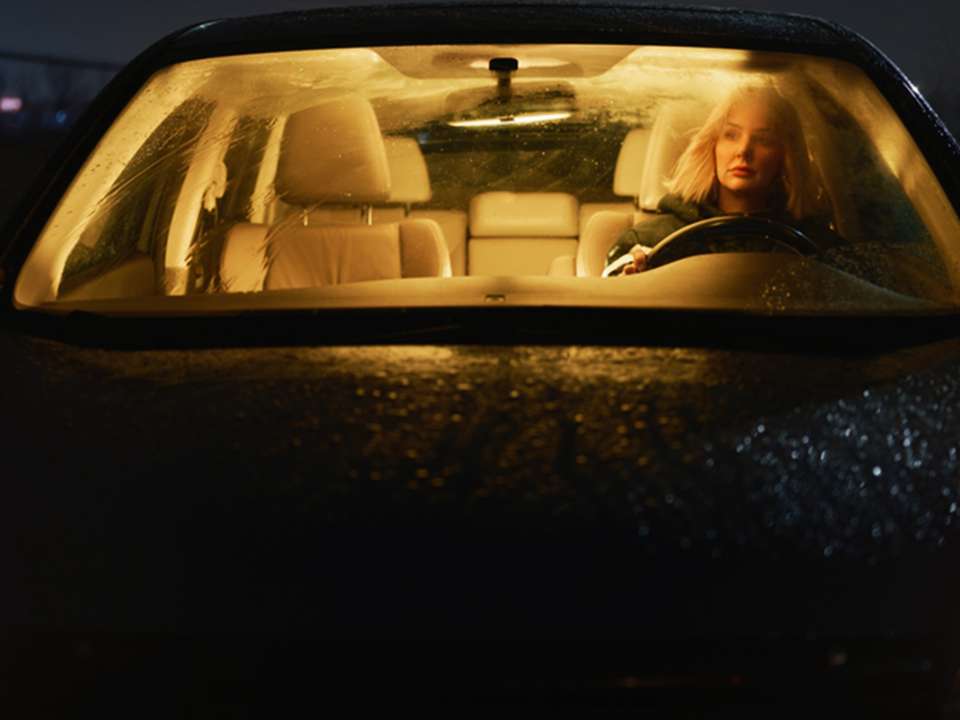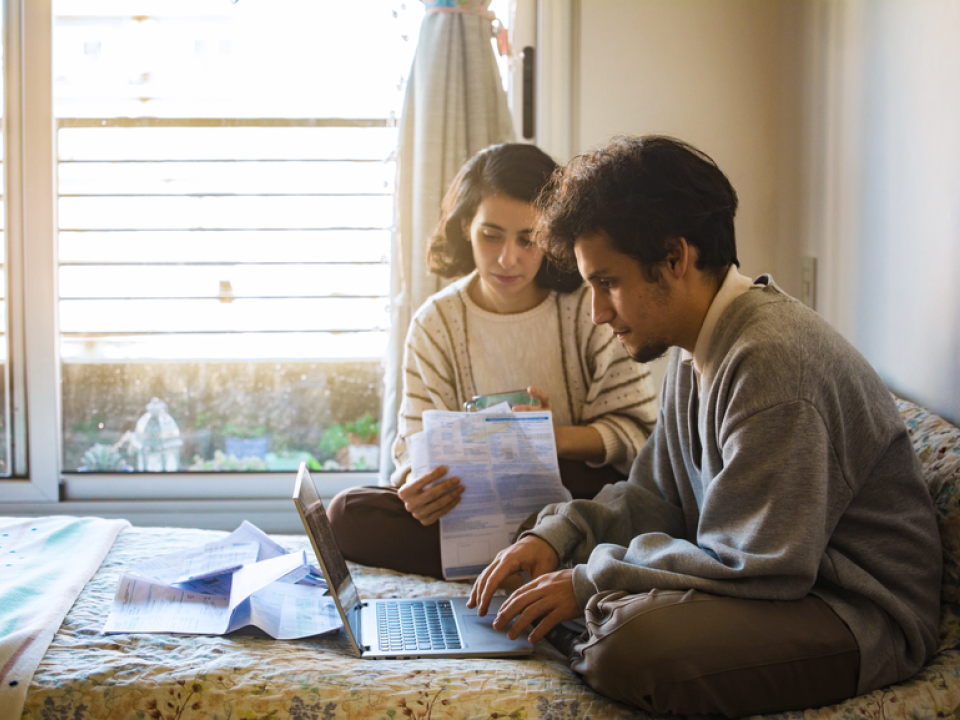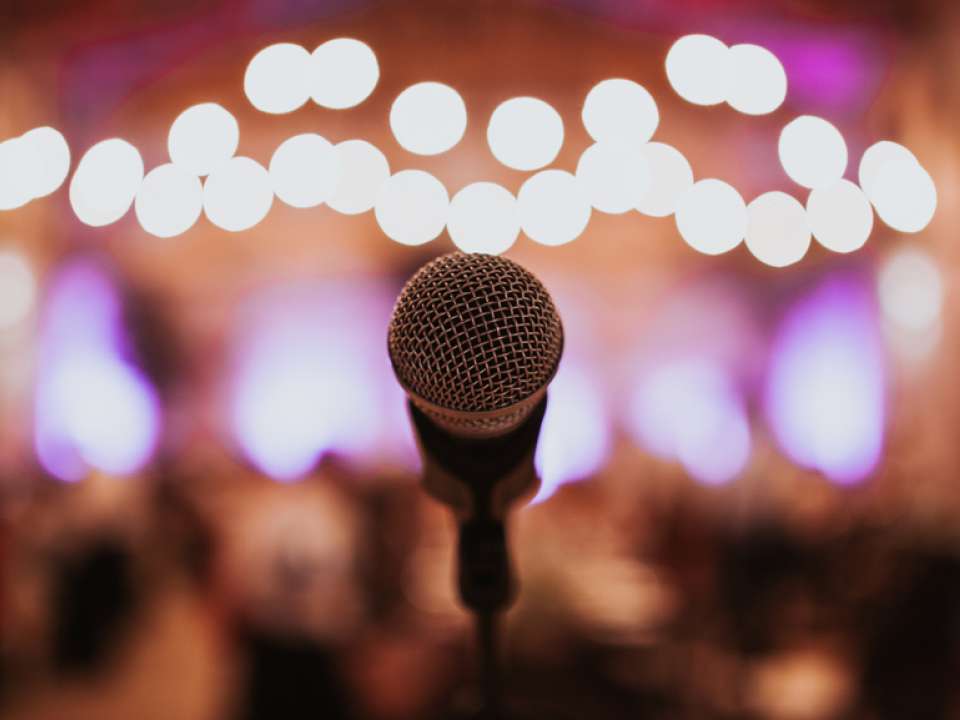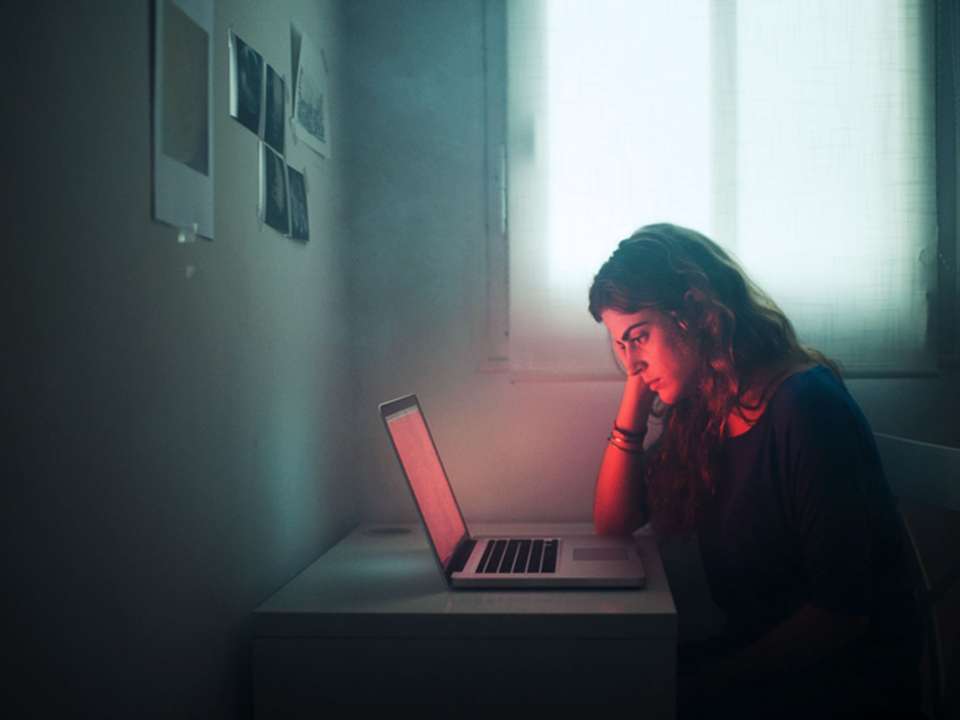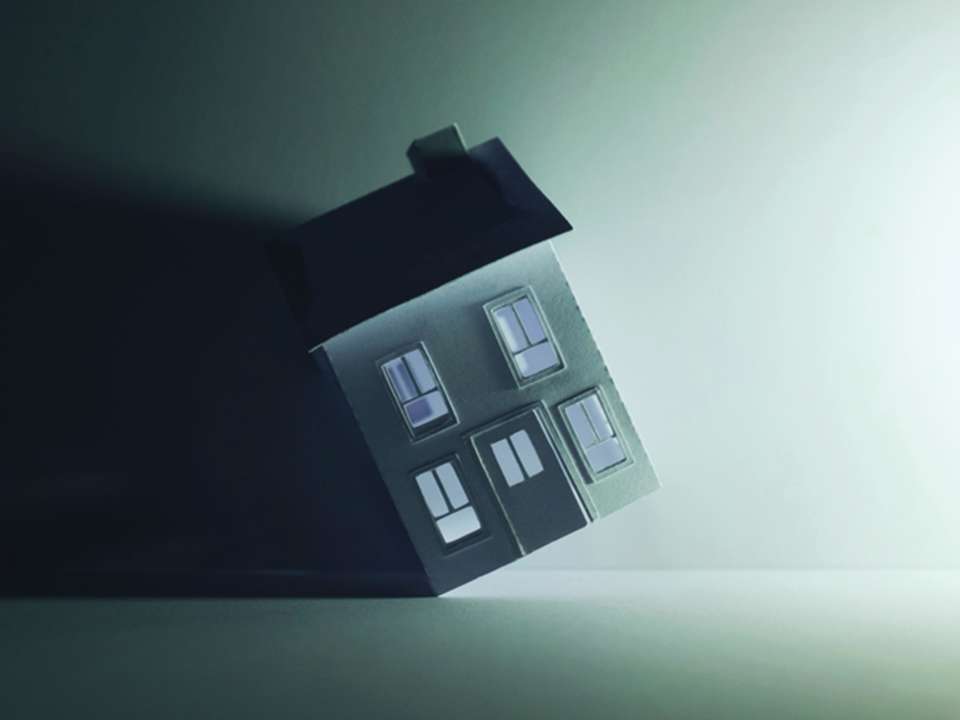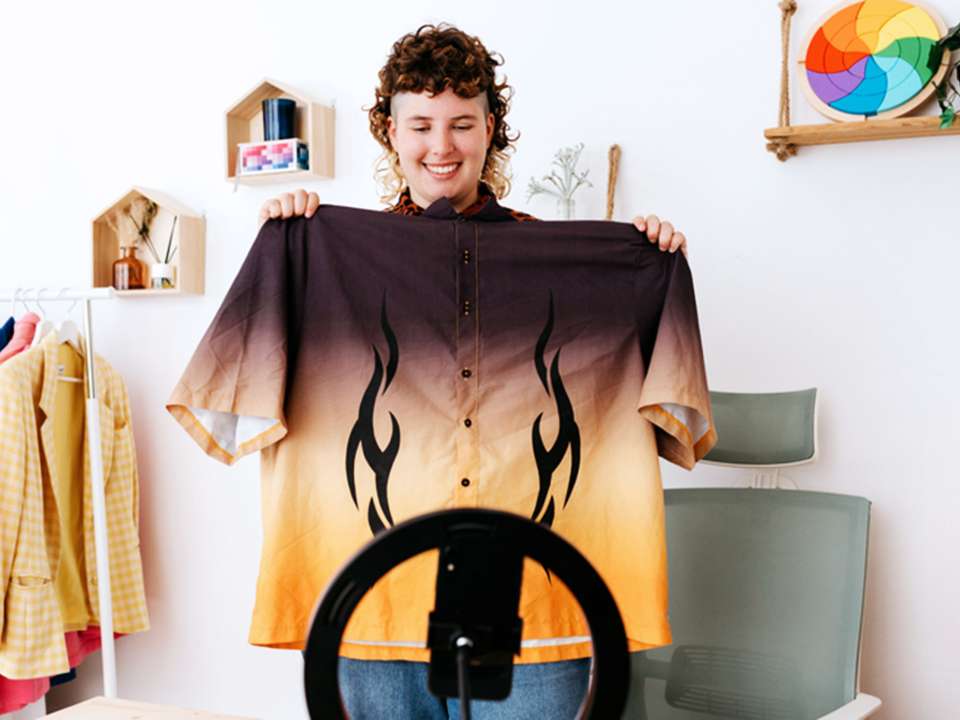I Quit Social Media for 5 Weeks and Here's What Happened
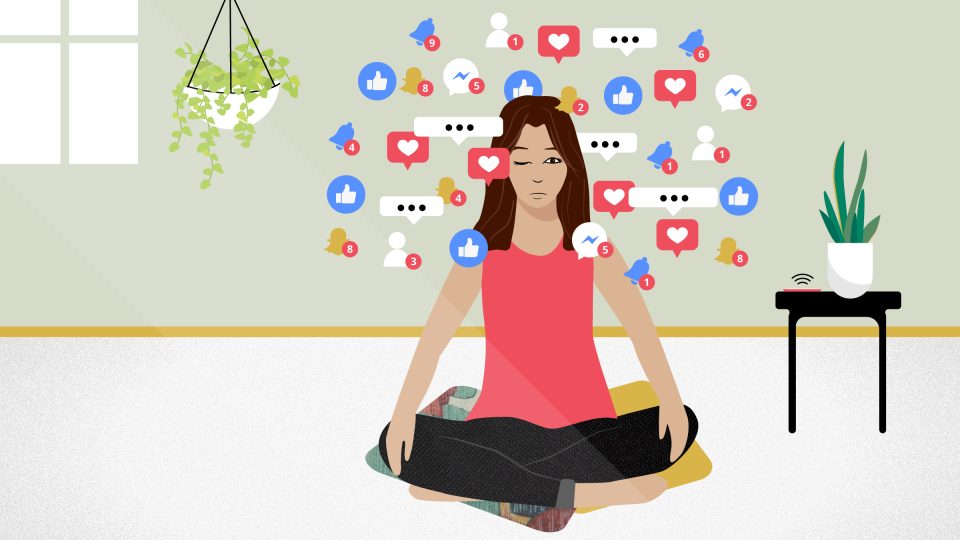
I’ve been using social media since I was 15. (MySpace, anyone?) Before I started college, you still needed a valid college e-mail address to sign up for Facebook. I hopped on board in the spring of 2006 during my senior year of high school—as soon as I got that .edu golden ticket.
A note to younger millennials and Gen Zers: Back then, we had to walk uphill in the snow—both ways—to sign in to Facebook on our dorm room laptops.
It wasn’t long before Facebook opened its doors to everyone, and my college friends panicked about how they’d hide their debauchery from Aunt Mary and Grandpa Joe. We couldn’t even begin to comprehend that we might one day be panicking about the use of the platform to disrupt American democracy.
I’ve always been an early and eager adopter of new social media platforms. I joined Twitter in 2009 and Instagram in 2011. I even dabbled in Vine for a brief period (R.I.P.). It took me a while to get Snapchat, but by 2014 I couldn’t deny the allure of sending obnoxious photos to my friends that would disappear in 10 seconds or less.
But research shows that the more people use Facebook in a day, the less moment-to-moment happiness and life satisfaction they experience. And nearly half of millennials worry about the negative effects of social media on their physical and mental health, according to Stress in America 2017: Technology and Social Media, an American Psychological Association study. In my own, not-so-scientific experiments, I’ve learned that reading certain tweets (you know the ones) increases my heart rate and induces rage 100 percent of the time.
Most of the research around the effects of social media have centered on children and young adults, says Dimitri Christakis, M.D., M.P.H., a professor of pediatrics at the University of Washington School of Medicine. As director of the Center for Child Health, Behavior and Development at Seattle Children’s, he studies the environmental influences on children’s development and behavior, including digital media and social media.
“Until recently we’ve neglected the fact that the addictive qualities aren’t unique to kids,” he says. “If we think of social media as coming to the fore with the advent of Facebook, which has only been around for 10 years, it started for people who had to be 14 to get on Facebook at the time. It’s a condition that started permeating adolescents and young adults, but now it’s everywhere.”
What happened during my social media break
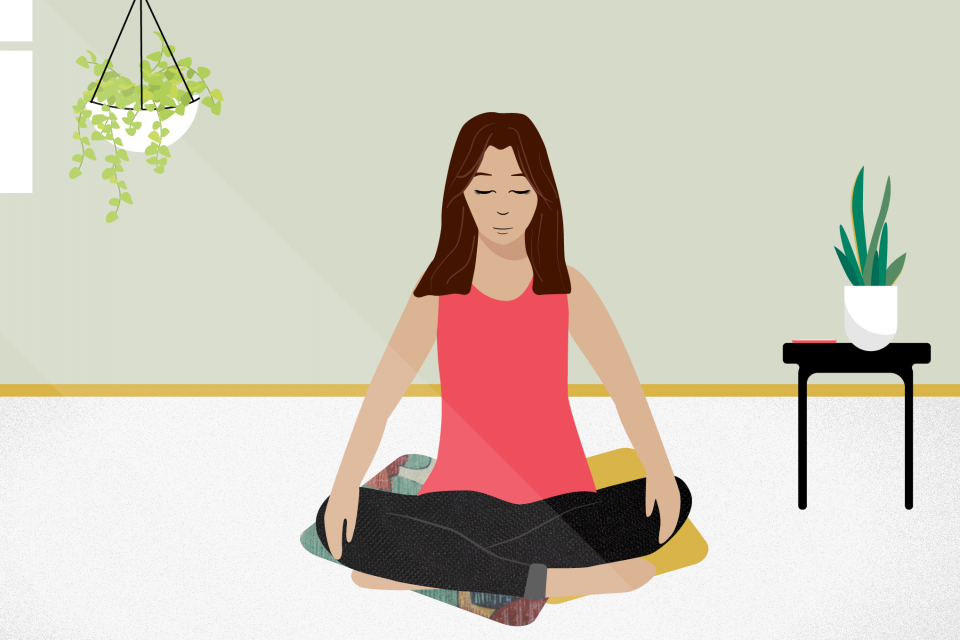
For months I'd been wondering what life would be like without all the extra background noise and daily subtle comparisons. Would I have more focus? Would I be more present? Would I be happier?
To find out, I took a break from social media from Thanksgiving until New Year’s Day. Here’s what happened in five weeks without social media, and what I learned when I signed back in.
My inbox was squeaky clean.
I’ve taken measures to limit my social media use in the past. I’ve tried deleting apps or moving them deeper into my list of apps thinking I might not put in the effort to seek them out, or that I just wouldn’t remember where I put them. But somehow, the apps have eventually found their way back into my life every time.
The first day I deleted the apps after publicly announcing I wouldn’t be using social media, I realized just how habitual my use had become. I found my thumb instinctively swiping to find the Instagram app after I answered texts, an unconscious loop that my brain had developed. With nothing else to do on my phone and a not-yet-kicked desire to swipe, I deleted hundreds of junk emails that had been piling up.
This makes sense, Christakis says.
Your brain says, ‘I like that, do more of that, get more of that,’ which reinforces the behavior of checking your phone all the time, he explains.
“The important thing to know is that the addictive properties of these sites aren’t incidental or coincidental. They’re quite deliberate and intentional,” says Christakis. “We live in what some people call an ‘attention economy.’ All of these sites make their money by competing for your attention and they build in features that make it difficult for you to disengage.”
I started reaching out to friends more directly.
Before my social media break, Snapchat was my guilty pleasure. I told myself that it was just like texting. But what I didn’t consider was that, even though I was sending and receiving messages with friends, doing it through social media made it inherently less personal.
During my break, instead of snapping a photo of a weird poster or beautiful flower and shooting it off to 10 friends, I had to actually think about who I’d share things with. The result was more personal texts that made me feel more connected, and I hope made friends feel more connected, too.
As Christakis tells me, it’s not that social media is all bad. When used to connect in meaningful ways with people you actually know or to get information that’s true and relevant to your life, social media can be a helpful form of modern communication.
“The challenge is, how do you develop a conscious strategy to utilize the good parts and minimize the bad parts?” he says.
I had more time for other things.
Smartphones and social media have an uncanny way of filling up empty time. Waiting in the checkout line at the grocery store? Let me just peek at texts or Instagram really fast. Sitting on public transit? Don’t mind if I do.
I’m lucky to have a short commute to work: only about 20 minutes by bus. What slipped into social media time more often than I care to admit was now totally free for other things. I dove into podcasts I had been meaning to listen to. I read a real book made out of paper. I just sat there. When I walked my dog, it was just she and I and whatever we noticed along the way.
David Levy, Ph.D., is a professor in the Information School at the University of Washington and the author of Mindful Tech: How to Bring Balance to Our Digital Lives. His model sounds simple, but can be complex: pay attention to how you feel and what you’re experiencing in your mind and body when you’re using technology, like social media. Do you use it when you’re bored, or when you’re craving connection? Does it make you feel anxious?
“Before, your habits were partly formed unconsciously. But when you start noticing, for example, what you were doing on the bus, you open up space and time for other possibilities,” he says.
I wasn’t missing much.
Much to my delight, taking a social media break was easier than I expected. Aside from the fact that I had to quickly X out any time I clicked on an Instagram link from a design article and that I realized just how many outside websites rely on a Facebook login, disengaging got easier after the first few days of obsessive inbox clearing. It helped that the people who truly wanted to contact me knew about the break and were willing to take the steps to get in touch off of social media.
On January 1, I took a deep breath and started to catch up, expecting to see a whole bunch of interesting stuff I had been missing out on. But I got bored before I even finished and realized that I already knew what I needed to know about the people who I care about. I’d rather text, call or email friends than “connect” with them on Snapchat, anyway.
With other addictions, like smoking, drinking or gambling, the solution is always total abstinence. But that gets a little murky when it comes to social media use, says Christakis.
“It’s woven into the fabric of society,” he says. “It’s like you’re a recovering alcoholic but you work in a bar.”
Taking a break helped me learn that some social media use, with boundaries, may be sustainable. It also helped me realize I don’t enjoy some of it as much as I thought. To be determined if my life is better or worse without the ability to use the dancing hotdog filter and/or receive my friend Billy’s amazing selfie snaps.
How I’ll use the lessons I learned
Just like a fad diet, it’s easy to fall back into old habits after a period of totally eliminating something from your life. It quickly became clear to me that I would need to set some ground rules for myself if I wanted the positive lessons to stick.
“The model I’ve been trying to promote is to pay attention and notice what your actual experience is and then, by observing your experience, begin to formulate a set of guidelines for what you would change,” says Levy.
That meant unfollowing people and brands on Instagram to minimize the noise and unfriending people on Facebook who I’d barely recognize if they were walking down the street. It meant choosing to have only one social media app on my phone. And it meant making a commitment to use social media as a catalyst for connecting with people in real life and to continue questioning why I use certain technologies—and how, or if, they positively contribute to my life.

 Healthy ideas for your inbox
Healthy ideas for your inbox
